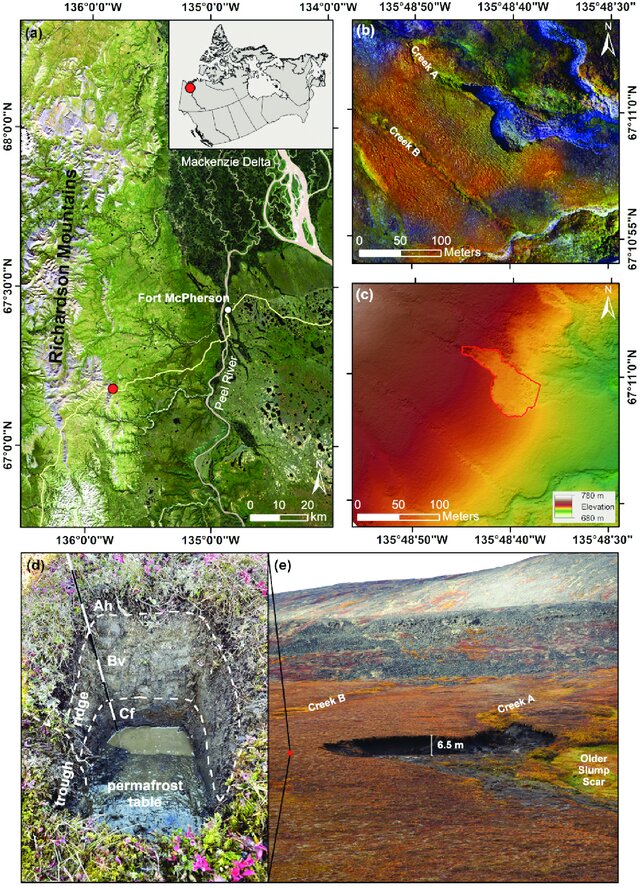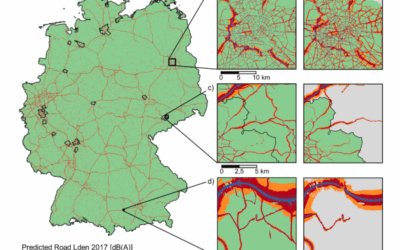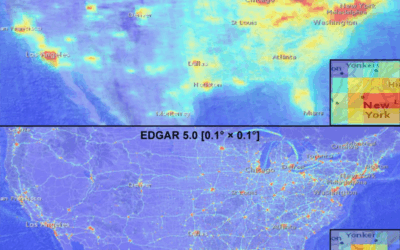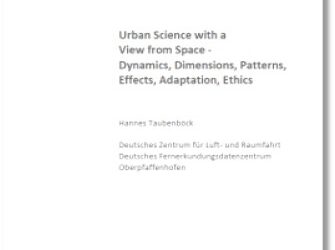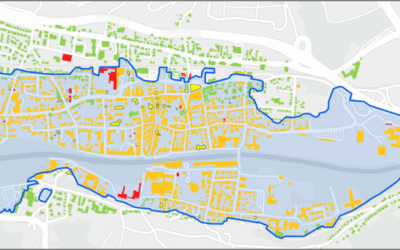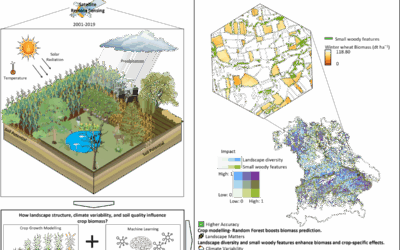From the abstract: The development of retrogressive thaw slumps (RTS) is known to be strongly influenced by relief-related parameters, permafrost characteristics, and climatic triggers. To deepen the understanding of RTS, this study examines the subsurface characteristics in the vicinity of an active thaw slump, located in the Richardson Mountains (Western Canadian Arctic). The investigations aim to identify relationships between the spatiotemporal slump development and the influence of subsurface structures. Information on these were gained by means of electrical resistivity tomography (ERT) and ground-penetrating radar (GPR). The spatiotemporal development of the slump was revealed by high-resolution satellite imagery and unmanned aerial vehicle–based digital elevation models (DEMs).
